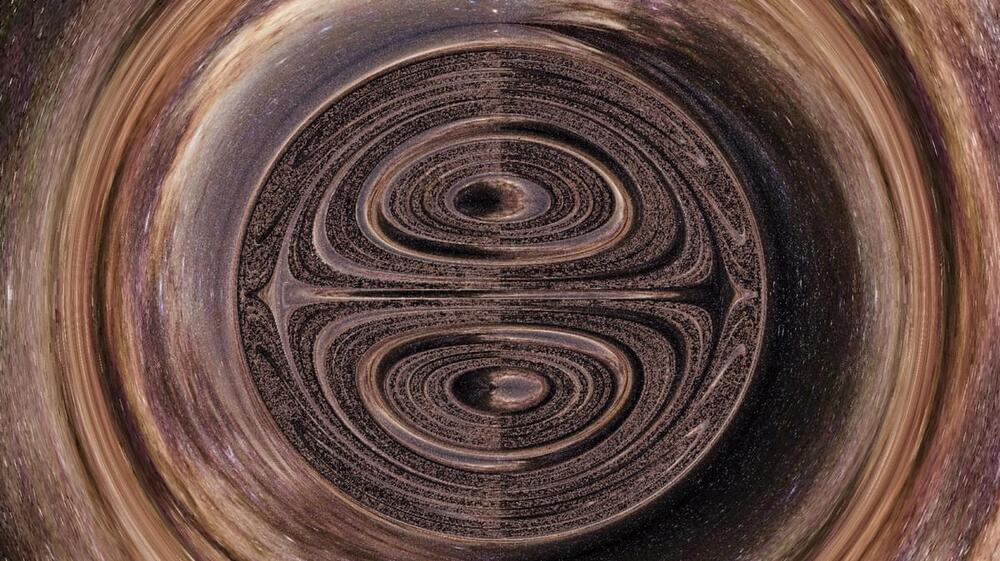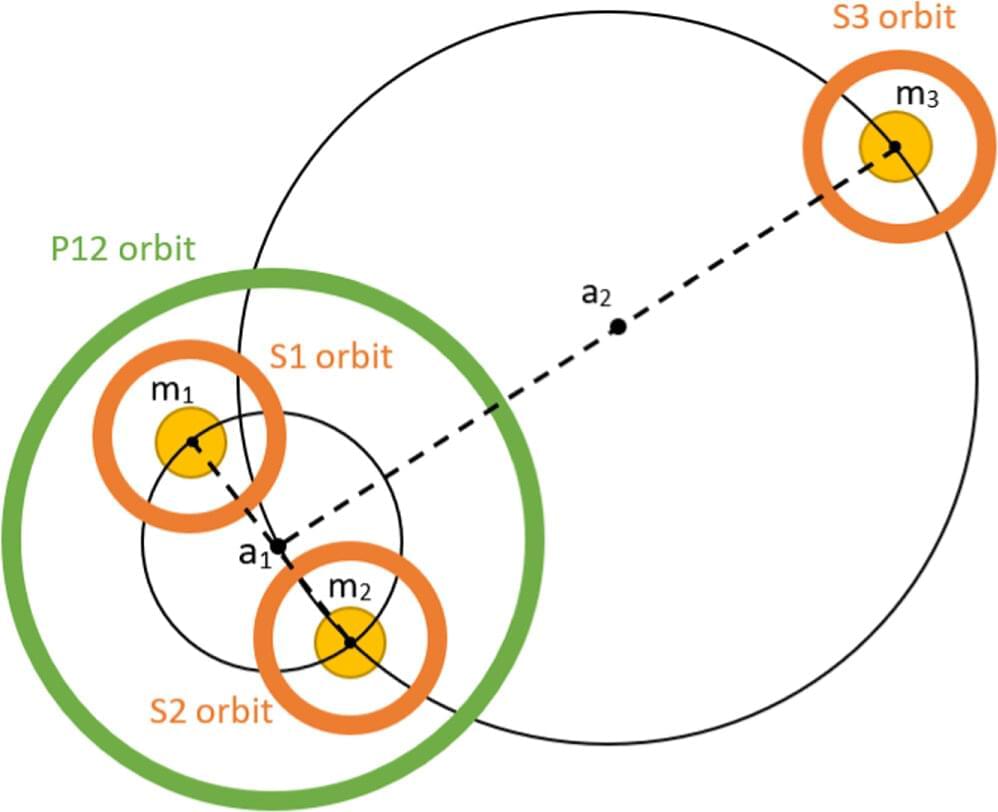AI researchers have built a Minecraft bot that can explore and expand its capabilities in the game’s open world — but unlike other bots, this one basically wrote its own code through trial and error and lots of GPT-4 queries.
Called Voyager, this experimental system is an example of an “embodied agent,” an AI that can move and act freely and purposefully in a simulated or real environment. Personal assistant type AIs and chatbots don’t have to actually do stuff, let alone navigate a complex world to get that stuff done. But that’s exactly what a household robot might be expected to do in the future, so there’s lots of research into how they might do that.
Minecraft is a good place to test such things because it’s a very (very) approximate representation of the real world, with simple and straightforward rules and physics, but it’s also complex and open enough that there’s lots to accomplish or try. Purpose-built simulators are great, too, but they have their own limitations.





